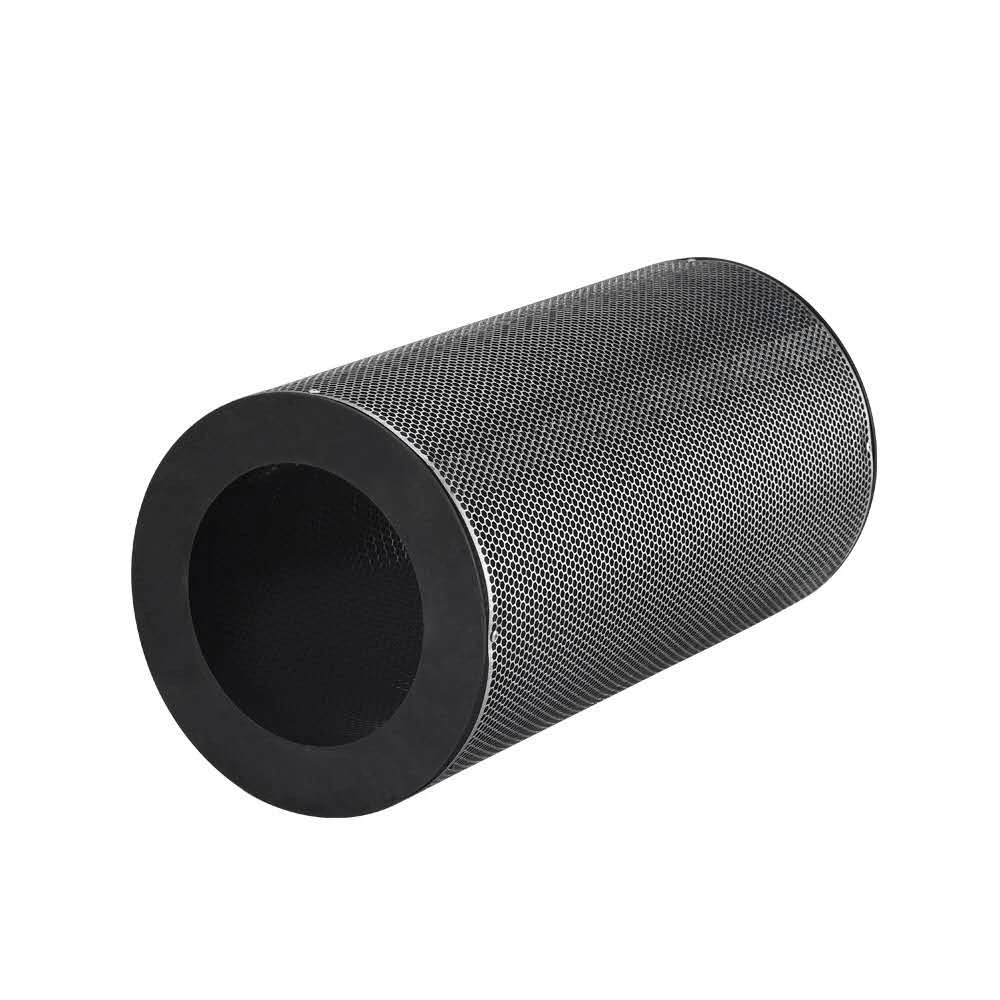Nov . 26, 2024 00:52 Back to list
Exploring the Benefits and Applications of Tinted and Reflective Glass in Modern Architecture
The Benefits and Applications of Tinted and Reflective Glass
In contemporary architecture and design, the use of tinted and reflective glass has gained immense popularity due to its aesthetic appeal and functional advantages. This specialized glass type not only enhances the visual aspects of buildings but also significantly improves energy efficiency and occupant comfort. This article will explore the various benefits, applications, and considerations regarding tinted and reflective glass.
The Science Behind Tinted and Reflective Glass
Tinted glass is produced by incorporating metallic oxides or colorants into the glass during its manufacturing process. This results in a variety of shades, enabling customization according to design preferences. Reflective glass, on the other hand, is treated with a thin metallic film that gives it a mirror-like finish from the exterior while maintaining transparency from the inside. This treatment allows buildings to reduce solar heat gain while providing occupants with unobstructed views.
Energy Efficiency and Environmental Impact
One of the most notable benefits of tinted and reflective glass is its contribution to energy efficiency. By reducing the amount of solar heat entering a building, these types of glass can lower the need for air conditioning, leading to reduced energy consumption. This energy efficiency not only saves on utility bills but also reduces the carbon footprint of buildings, aligning with global sustainability goals.
In climates with intense sunlight, the solar control offered by tinted and reflective glass can significantly decrease indoor temperatures. This not only improves comfort for occupants but also protects furnishings and interiors from UV damage, helping to maintain the appearance and longevity of materials.
Enhanced Comfort and Privacy
Tinted and reflective glass also enhances the comfort of indoor spaces. By limiting glare from sunlight, these glasses create a more pleasant working and living environment. This is especially beneficial in offices and homes with large windows or glass facades, where direct sunlight can be disruptive.
tinted and reflective glass

Moreover, reflective glass can provide an added layer of privacy. While it offers clear views from the inside, the exterior mirrors the surroundings, making it difficult for outsiders to see in. This dual functionality presents an attractive option for buildings that require confidentiality without sacrificing natural light.
Aesthetic Appeal
The aesthetic flexibility of tinted and reflective glass opens up a multitude of design possibilities. Architects and designers can choose from various shades and reflectivity levels to complement their projects. This versatility allows tinted and reflective glass to be used in modern, minimalist buildings as well as in traditional architecture, enhancing the overall appearance of structures.
The sleek, contemporary look of reflective glass, coupled with the myriad of color options in tinted glass, makes these materials highly desirable for commercial buildings, residential properties, and public spaces. The ability to create visually striking façades enhances a building's identity and can even increase its market value.
Considerations and Limitations
While the benefits of tinted and reflective glass are numerous, there are considerations that should be taken into account. One such concern is the potential for reduced natural light, which may not be ideal in all settings. A well-balanced approach must be taken to ensure that sufficient daylight is let in while also achieving the desired solar control.
Additionally, the performance of tinted and reflective glass may vary depending on geographic location and building orientation. Proper selection based on specific environmental conditions is essential to maximize energy savings and occupant comfort.
Conclusion
In conclusion, tinted and reflective glass represents a fusion of functional performance and aesthetic beauty, making it an ideal choice for modern architecture. Its contributions to energy efficiency, comfort, privacy, and visual appeal underscore its importance in contemporary design. As building codes and sustainability practices continue to evolve, the role of tinted and reflective glass will undoubtedly become more significant, providing architects, designers, and homeowners with exceptional solutions for their spaces. Adopting these advanced materials is not just a design choice; it's a step towards a more sustainable and aesthetically pleasing future.
-
Safety and Style with Premium Laminated Glass Solutions
NewsJun.24,2025
-
Reinvents Security with Premium Wired Glass
NewsJun.24,2025
-
Premium Float Glass Line for Modern Architecture
NewsJun.24,2025
-
Low Emissivity Glass for Energy-Efficient Architecture
NewsJun.24,2025
-
High-Performance Insulated Glass Solutions for Modern Architecture
NewsJun.24,2025
-
Elevates Interior Style with Premium Silver Mirror
NewsJun.24,2025
Related PRODUCTS














